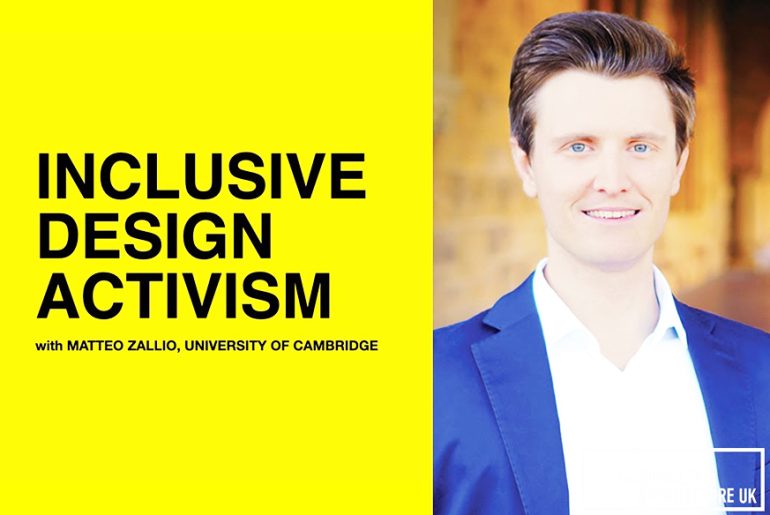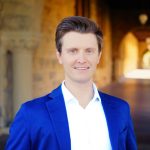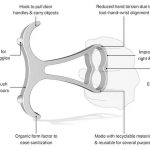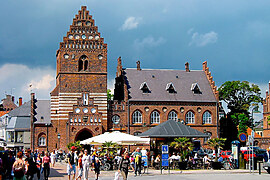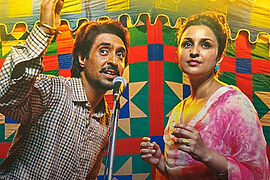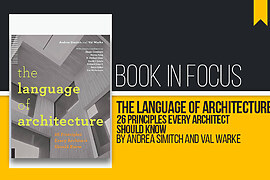About the Podcast Host:
Rion Willard, a UK architect, interviews successful UK-based architects and designers about managing a profitable and influential architecture practice. These conversations help the listeners find solutions regarding various issues faced regarding the business part of the design field. This is the 169th episode in which Inclusive Design Activism is discussed.
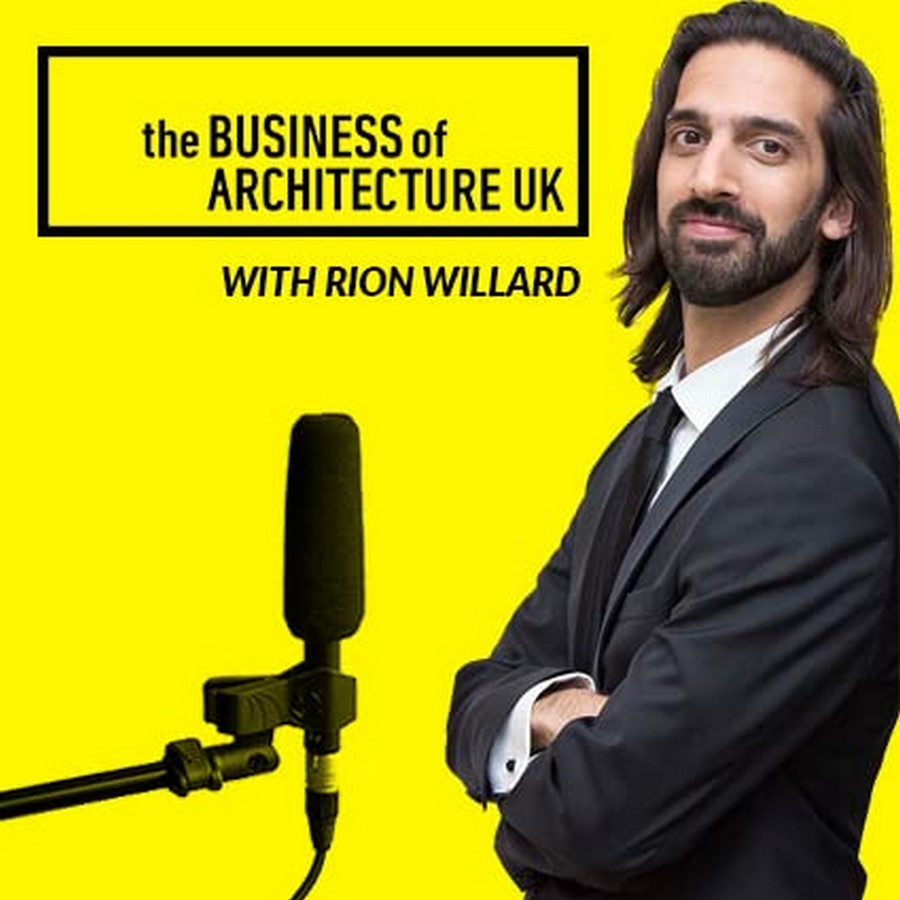
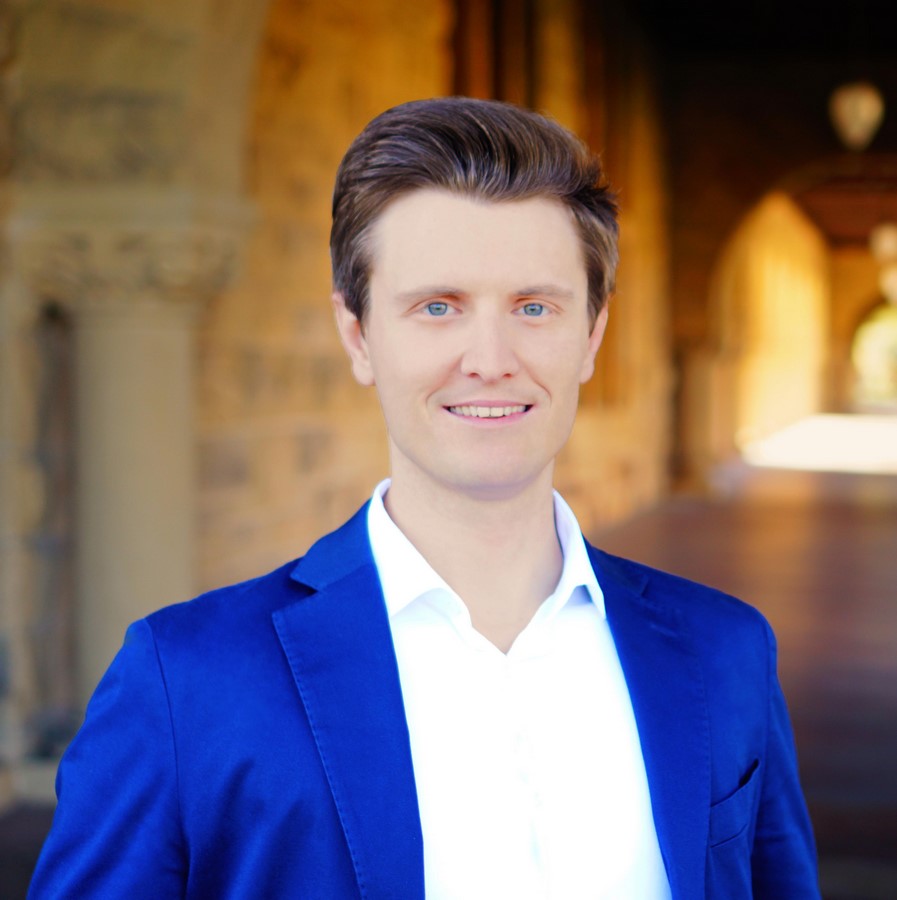
From a young age, he always asked the curious question why and would keep building something with anything around him.
He completed his Master’s in Architecture to understand more about how things work to help people and got a PhD in UX design. Today, he is a renowned designer, researcher, professor, judge panellist, and global speaker.
Matteo helps visualize strategies for inclusive design, prototypes, and design practice guidelines with technical writing and shares optimized knowledge with visuals.
With a background in research and UX design strategy, he uses creative thinking to incorporate complex technical requirements into research to improve people’s lives through inclusive futuristic solutions.
He founded the Irish start-up, Dean Design Lab with an interest in delivering accessible services and products to the communities.
Matteo is a Marie Curie, a senior research fellow at the University of Cambridge, a research associate at Hughes Hall, and a former Fulbright fellow at Stanford University.
He enjoys cycling, painting, inventing, planning trips, and empowering people to become creative.
About the Podcast
In this conversation, Rion and Matteo discuss the explorations in the architecture industry and the future of inclusive design. They cover topics related to Matteo’s current career, thesis, research, UX design, common faults in inclusive design, client awareness of inclusive design, commercial value, how to get data, architects’ roles, post occupancy in a building design, coaching, and plans.
When asked to describe Matteo’s current role as an ‘Inclusive Design Activist,” with his experiences as an architect and a researcher in academia, he identifies himself as a problem-solver. Talking about his thesis, Matteo elaborates on how his research leads to making an actual product. The usual outcomes of research are journals, articles, publications, and conferences. Still, they help make tangible products after analysis, which is one reason he founded his start-up.
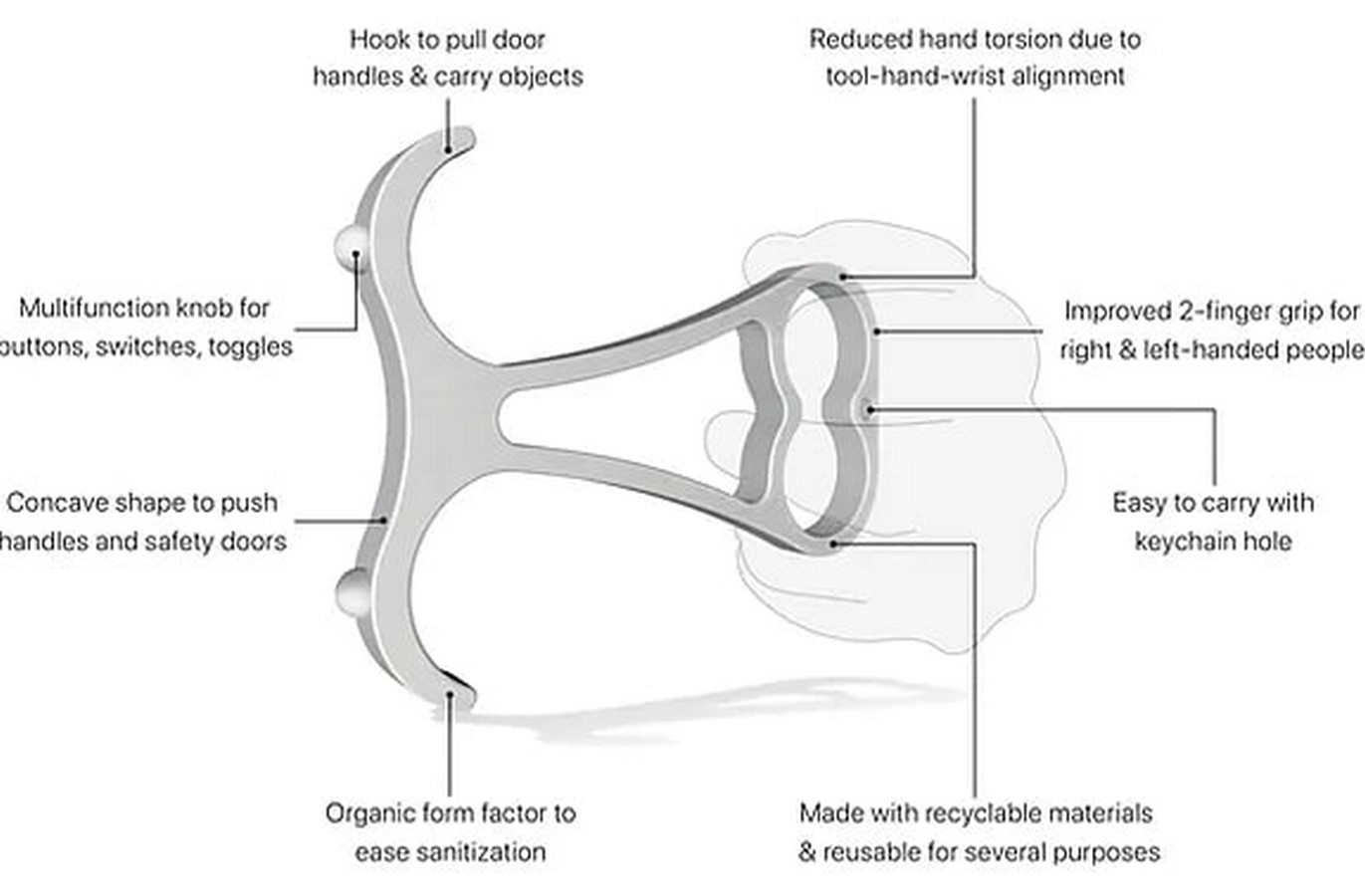
Matteo prefers a human-first approach, learning about people’s challenges and then utilizing his UX mindset to design architectural projects by getting feedback and data from users at initial stages through community sessions or surveys.
He suggests that even after the building is handed over, post-occupancy surveys must be conducted to learn how the structure and people thrive and use that data to find solutions.
When asked about how an architect’s role usually ends after handing over the building and the voids the building industry faces throughout the process concerning the coordination of all agencies, Matteo highlights the fragments. Still, with software, all data is getting integrated.
When discussing common faults of inclusive design, he highlights behavioural aspects and increased client awareness. They talk about how to pitch the community inclusivity to the clients as a part of the commercial value of the complex for people who interact with the entire building environment.
The current developer and architectural practices usually have the time to analyze and understand client problems and challenges. Hence, they talk about a potential tool kit as a service that can be used by practices to help them get this data. An access consultant is introduced, who addresses the problems the building can face as a part of its universal usability.
Matteo then describes how he has designed the toolkit for architects and other professionals, which consists of strategic design templates to include inclusive design in terms of equity or accessibility, allowing the companies to get feedback to improve the building.
After receiving feedback and handing over the keys to the occupants, there can be some room left for personalization. This contingency space can be left for post-occupancy planning. Matteo prefers sharing to keeping things to himself, so he began coaching.
His plans include applying his research to business models to help them achieve efficiency. The talk concludes with a message to listeners that suggests the importance of researching the people first before designing directly.
The chat between Matteo and Rion gives the listeners a fascinating perspective of integrating methods followed by tech companies to research the users’ needs in the form of UX design and the building industry.
The conversation provides insights to newer additions that can help the construction industry receive more data and responses using technology which will benefit the lives of people. Understanding users’ needs before and after completing projects can lead to better designs in the future.
References:
www.youtube.com. (n.d.). 169: Inclusive Design Activism with Matteo Zallio. [online] Available at: https://www.youtube.com/watch?v=7II7XJEn4s4


